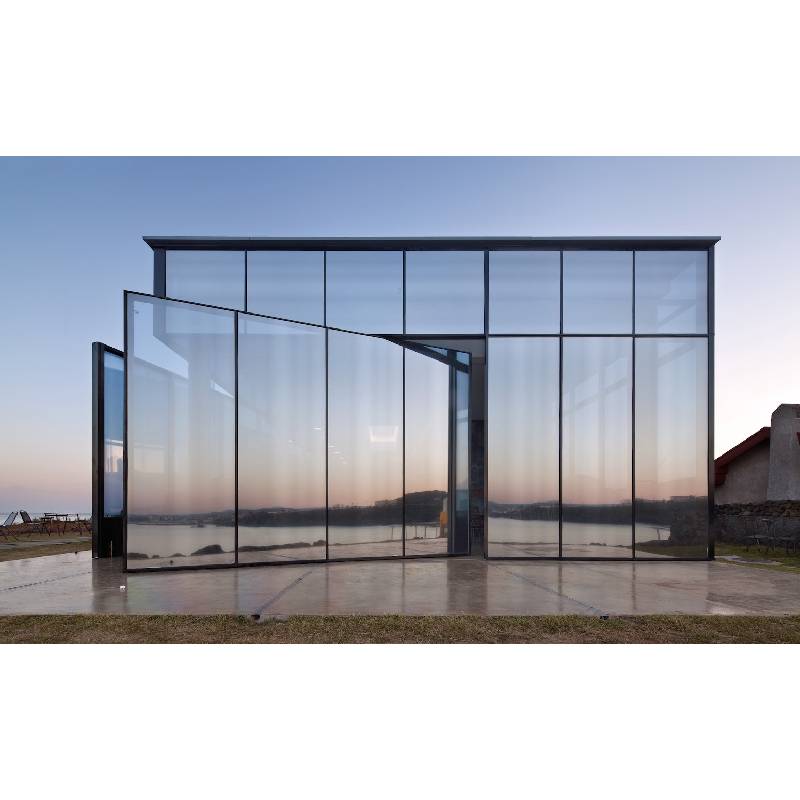

Understanding Float Glass Prices Factors and Trends
Float glass, a widely used material in various applications ranging from construction to automotive industries, has seen fluctuating prices in recent years. Understanding the factors that influence float glass prices is essential for industry stakeholders, manufacturers, and consumers alike. This article explores the dynamics of float glass pricing, the factors driving these changes, and the overall market trends.
What is Float Glass?
Float glass is a type of glass that is created by floating molten glass on top of molten tin. This unique manufacturing process results in a smooth, flat sheet of glass that is uniform in thickness, making it ideal for a variety of applications. Its qualities, such as clarity, strength, and versatility, make it a preferred choice for windows, facades, mirrors, and numerous other uses.
Factors Influencing Float Glass Prices
1. Raw Material Costs The primary components of float glass are silica sand, soda ash, and limestone. Any fluctuations in the prices of these raw materials directly impact the cost of float glass production. For instance, disruptions in supply chains or increased mining costs can lead to higher raw material prices, subsequently affecting the overall cost of float glass.
2. Energy Prices The production of float glass is energy-intensive, requiring substantial amounts of heat to melt the raw materials. Therefore, fluctuations in energy prices, whether from natural gas, electricity, or oil, can significantly affect production costs. In recent years, volatility in energy markets has caused sporadic pricing shifts in float glass.
3. Demand and Supply Dynamics The demand for float glass fluctuates based on several industries, including construction and automotive. Economic recessions may lead to reduced demand as construction projects slow down, while booming economies typically see increased construction activity, driving up glass prices. Additionally, supply chain challenges, such as logistics delays and production bottlenecks, can further influence the balance between supply and demand.

4. Technological Advancements Innovations in manufacturing processes or developments in glass technology can also alter pricing structures. For instance, the introduction of energy-efficient manufacturing practices might initially require hefty investments but could lead to lower long-term costs. Furthermore, advancements such as low-emissivity (Low-E) coatings increase the glass’s value due to enhanced energy efficiency, influencing pricing strategies.
5. Regulatory Policies Government regulations related to environmental standards and building codes can influence float glass prices as well. Stricter emissions regulations might compel manufacturers to invest in cleaner technologies, which could lead to higher production costs. Conversely, incentives for using energy-efficient glass could stimulate demand and drive up prices.
Current Trends in Float Glass Pricing
As of late 2023, the float glass market is experiencing notable trends. With global construction activities recovering post-pandemic, there has been a marked increase in demand for float glass. This surge is particularly evident in emerging markets where urbanization is driving the construction of residential and commercial buildings.
However, the market is not without challenges. Ongoing geopolitical tensions and supply chain disruptions continue to exert upward pressure on raw material and energy prices. Additionally, manufacturers are increasingly focusing on sustainability, leading to heightened investment in recycled materials and eco-friendly production processes, which could reshape pricing dynamics in the future.
Moreover, the advent of smart glass technology is poised to impact the float glass market. As consumers and corporations seek more advanced energy-efficient solutions, the demand for smart float glass is anticipated to grow, potentially commanding premium prices.
Conclusion
Float glass pricing is influenced by a complex interplay of factors, including raw material costs, energy prices, demand and supply dynamics, technological advancements, and regulatory policies. As the market continues to evolve, stakeholders must remain vigilant to navigate the changing landscape effectively. Understanding these pricing factors will not only aid manufacturers and suppliers in strategic planning but also empower consumers to make informed choices in their purchasing decisions. In this dynamic sector, staying informed is crucial for success.